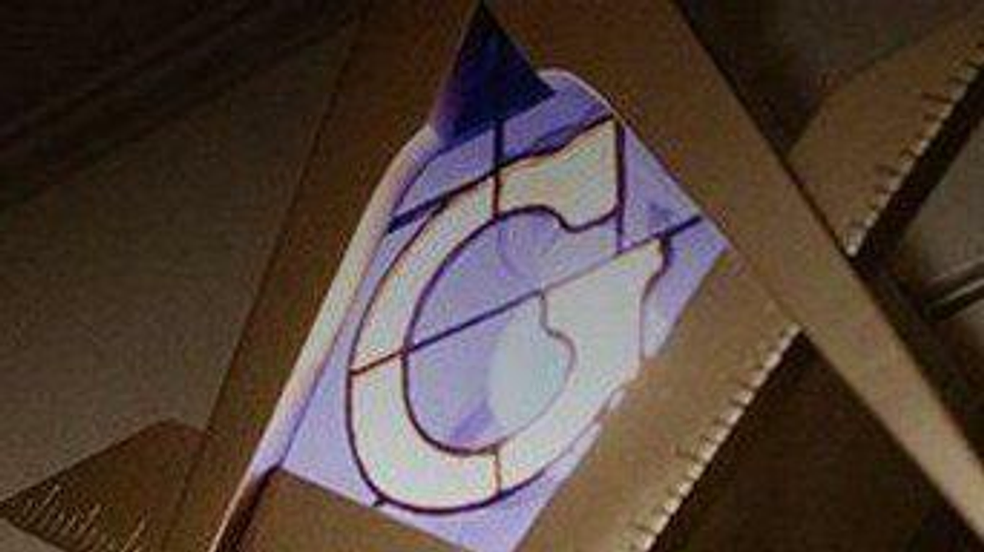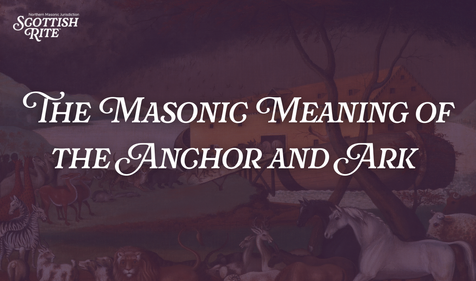Deriving from the Hebrew letter Gimmel, the Letter “G” harbors special meaning within the fraternity of Freemasonry.
For a new student of Freemasonry, embarking on an expedition into the symbolism and history of the brotherhood can be one of endless reward and wonder. The fraternity’s teachings are rich, its philosophies multifaceted, with a plethora of symbols that are vital to unlocking Masonry’s complexity. Indeed, the opportunities to learn from our ancient brotherhood are boundless, and a dedicated pupil may spend a lifetime in pursuit of its more excellent knowledge and insight.
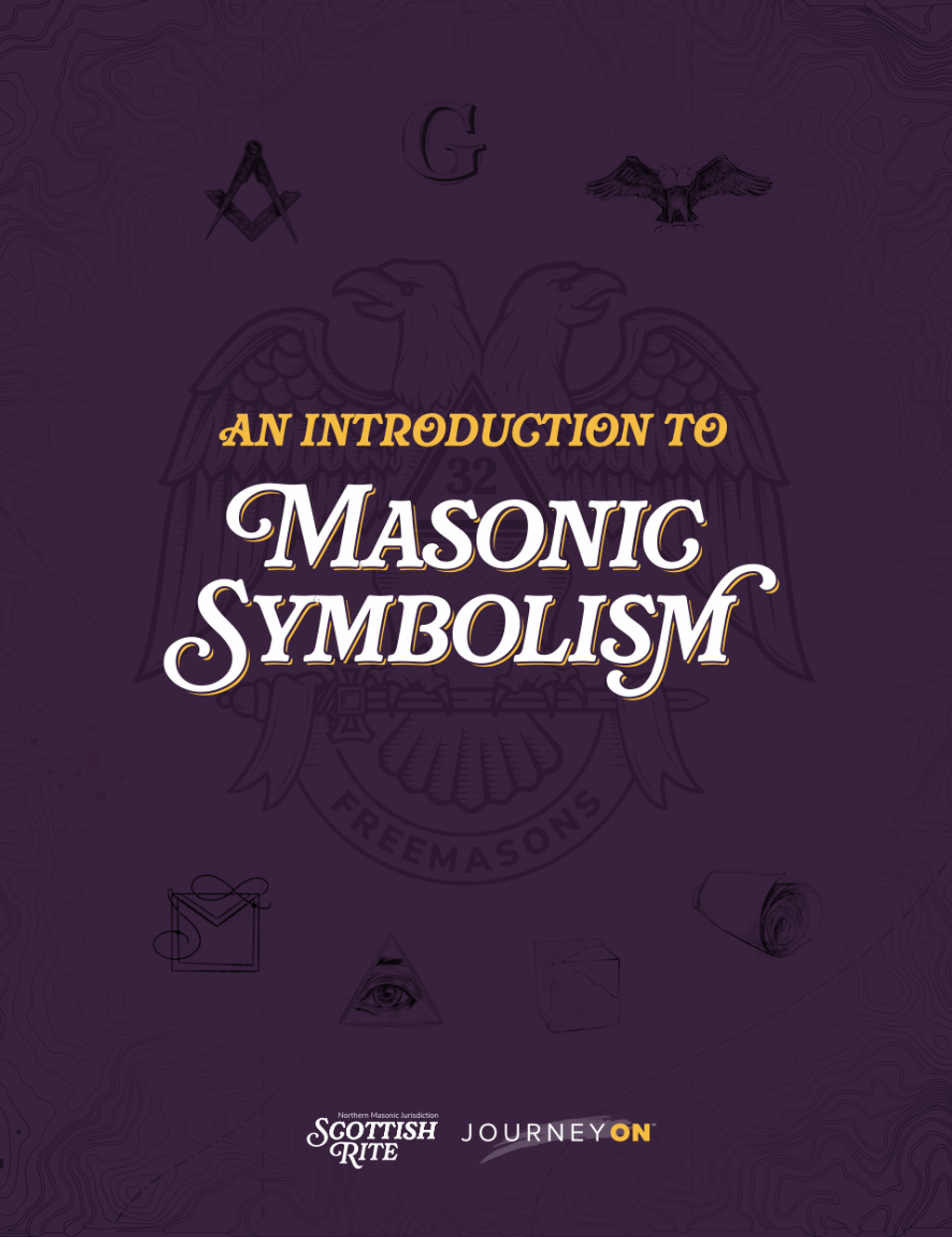
Download Now
Download your Free Scottish Rite Symbolism Guide
Learn more about the many Masonic degrees that represent our Craft.
While there is much about Freemasonry that can only be learned through the completion of its degrees, even the average person has come to recognize certain Masonic symbols in their day-to-day. Perhaps most notably, the square and compasses are distinctly identifiable as Masonic to even those outside the craft. This icon appears with slight variations throughout the world, but it is commonly seen with the letter G nestled in its center in the United States. The square and compasses today can be found on everything from Masonic lodges to rings and bumper stickers, leading many to associate the letter G with Freemasonry.
To Freemasons, the letter G, rife with symbolism and fertile history, is significant for a myriad of reasons. Let us delve deeper and learn more about what the Masonic letter G means and how this came to be.
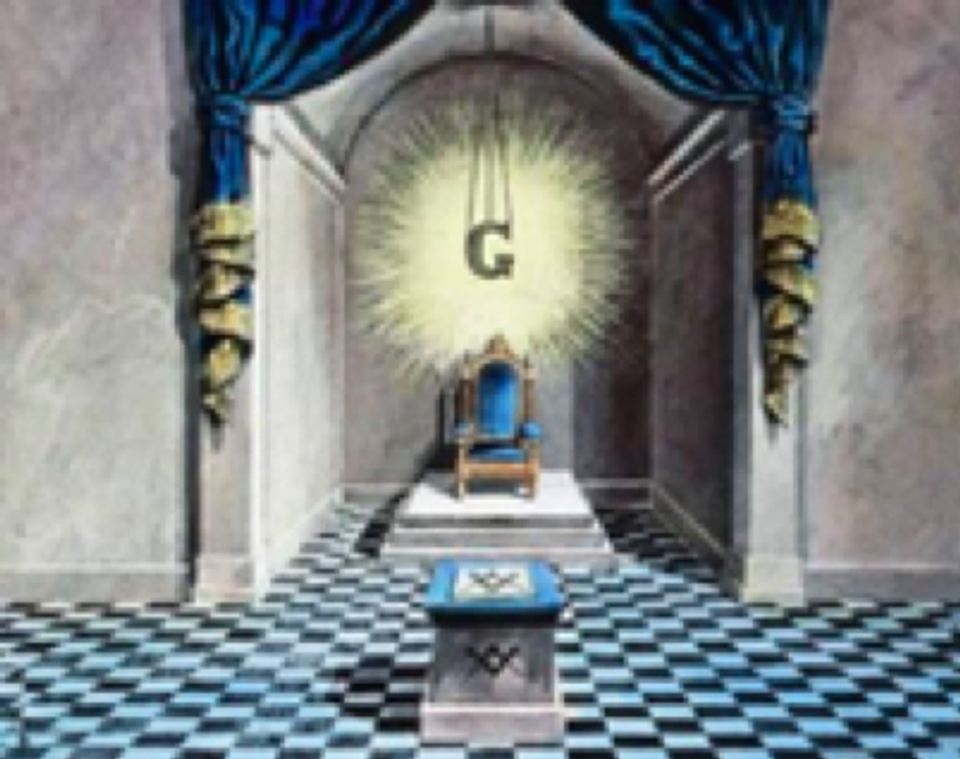
Geometry
In the fraternity itself, the letter G represents a multitude of meanings. For one, it refers to geometry, the mathematical science, which is the foundation of stonemasonry, and the ancient discipline from which Freemasonry derives. Indeed, the principles of geometry and the tools of the medieval stonemasons inform the lessons of Freemasonry. Members of the craft use metaphor and allegory to apply geometric law to our lives to guide our work as we build ourselves into better men.
The Grand Architect of the Universe
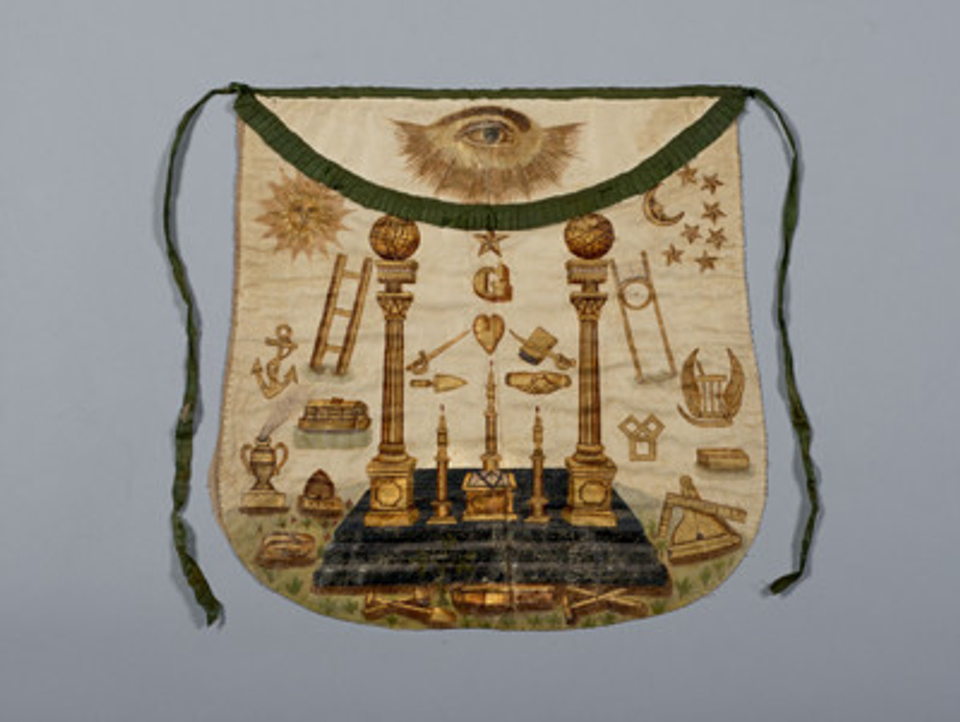
One of the core requirements of becoming a Mason is professing a belief in a god. This belief is necessary to receive and appreciate the fraternity’s lessons, which is why it is generally agreed upon that the letter G in the context of Freemasonry refers to God. Our brotherhood welcomes men of all religions and backgrounds, which is why we refer to the “Architect of the Universe” in the sanctity of the lodge room. The letter G is meant to remind Freemasons that all our lives and actions are performed in the presence of God, The Grand Architect. This allusion to this G’s meaning is made quite clear and confirmed during The Tracing Board lecture of the Second Degree.
Ancient Origins
The letter G derives from ancient languages, with early variations found in several ancient languages, including Aramaic, Phoenician, Syriac, Greek, and Hebrew. Examples of the letter in these languages include:
- Hebrew: Gimel
- Phoenician: Gamma
- Aramaic: Gammal
- Syriac: Gamal/Gomal
- Greek: Gamma
In Hebrew, Gimel notably appears as the third letter in the alphabet and is assigned the numerical symbol three. Throughout history, the number three is used as a reference to God or the Master Architect.
It remains unclear exactly when the letter G became part of the square and compasses. In the United States, it is speculated to have risen to prominence sometime during the mid-18th century. Today, there is no symbol more readily identifiable and strongly associated with Freemasonry. It also serves as a reminder that God watches over us and guides us as we strive to live a life of integrity.
Related Stories
Discover additional Scottish Rite blogs and news on this topic.
-
The Freemason Who Created Dracula: The Story of Bram Stoker
History
Read More about The Freemason Who Created Dracula: The Story of Bram Stoker
-
A Funny Remembrance: The Life of Illustrious Brother Red Skelton, 33°
History
Read More about A Funny Remembrance: The Life of Illustrious Brother Red Skelton, 33°
-
The Masonic Meaning of the Anchor and Ark
Symbolism
Read More about The Masonic Meaning of the Anchor and Ark
